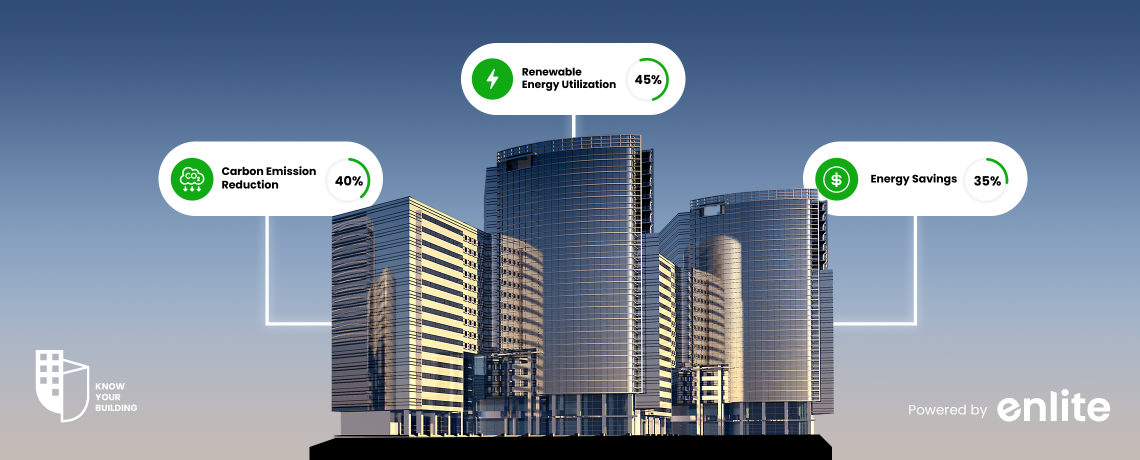Smart buildings are at the forefront of environmental conservation, leveraging advanced automated systems to optimize resource use. These buildings integrate technologies like automated lighting, HVAC, and water management systems to reduce energy and water consumption significantly. For instance, automated lighting systems adjust brightness based on natural light and occupancy, leading to substantial energy savings. Similarly, smart HVAC systems use sensors to maintain optimal temperature and air quality, ensuring efficient energy use. Data shows that smart buildings can reduce energy consumption by up to 40%, making a significant impact on overall energy use. This impressive reduction demonstrates how smart buildings are essential in the global effort to conserve natural resources.
Water management in smart buildings is equally impressive. Automated systems monitor water usage, detect leaks, and optimize water flow, leading to significant reductions in water waste. For example, some buildings have reported up to 30% savings in water consumption due to the implementation of these smart systems. These technologies ensure that water is used efficiently, reducing waste and conserving this vital resource. By addressing issues like leaks promptly and optimizing water usage, smart buildings contribute significantly to water conservation efforts, showcasing their importance in sustainable development.
Case studies of smart buildings provide concrete examples of the effectiveness of these technologies in environmental conservation. For instance, a commercial office building utilizing automated lighting, HVAC, and water management systems reported a 35% reduction in energy consumption and a 25% decrease in water usage. These savings not only demonstrate the potential for significant resource conservation but also highlight the financial benefits of smart buildings, as reduced utility costs directly translate into operational savings. In conclusion, smart buildings are leading the way in environmental conservation by utilizing automated systems that optimize resource use, significantly reducing energy and water consumption.
Ready to transform your building into a smart, resource-efficient marvel? Discover our world-first cloud-native building management solutions that can help you reduce energy and water consumption. Contact us today to find out more about our innovative climate tech products.














